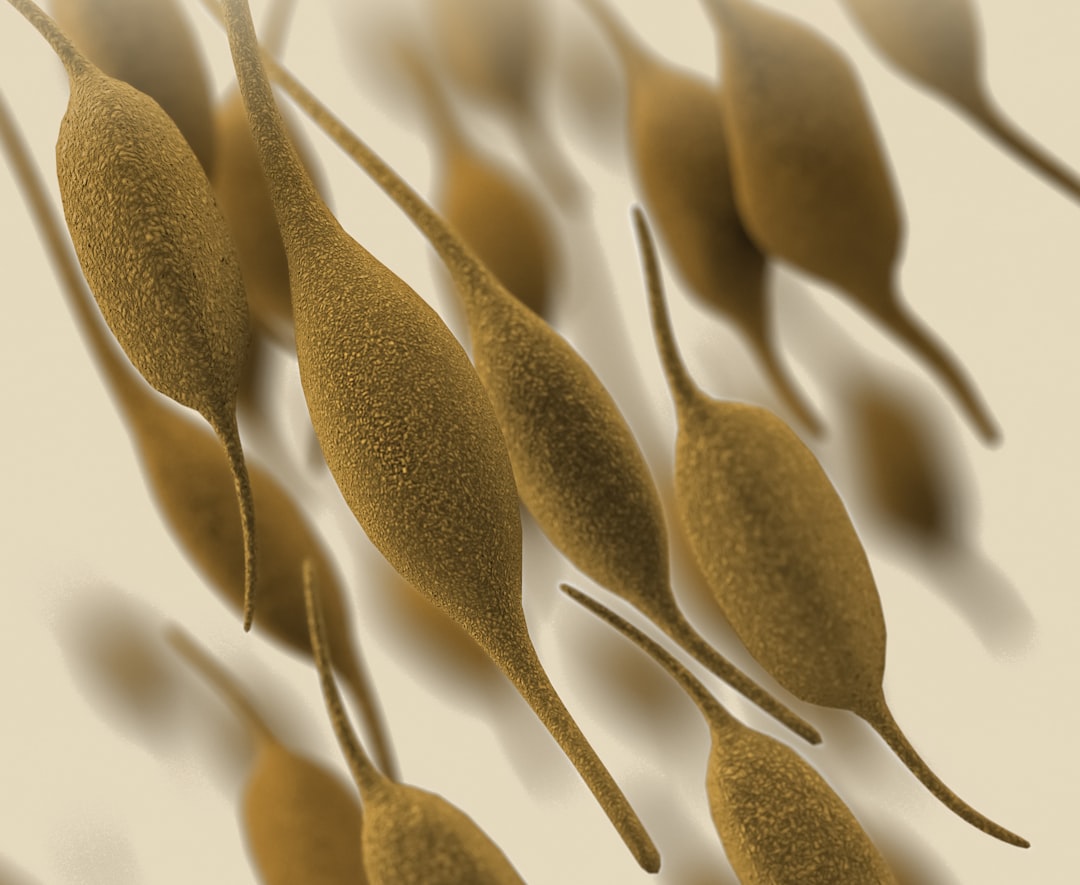What is it about?
Isolated hepatitis B core antibodies (aHBc)-only pattern complicates the diagnosis of HBV infections.We evaluated neopterin and sCD14 levels in HBV infections.These two biomarkers are not useful for diagnosing the aHBc only pattern.
Featured Image
Why is it important?
Isolated hepatitis B core antibodies (aHBc)-only pattern complicates the diagnosis of HBV infections. To find out a reliable method for this pattern is important.
Perspectives
Neopterin serves as a marker of cellular immune system activation and soluble CD14 is also a marker of monocyte activation. Utilizing only these markers with low sensitivity but high specificity is not possible to decide whether an individual has an occult HBV infection (OBI) or aHBc-alone. We tried to give an alternative perspective to understand the complex and unpredictable nature of aHBc-alone cases by evaluating the immunostatus of these cases. However, the accurate detection of one of the OBI patients with high HBV DNA viral load (274,000 IU/ ml) is promising even though we were not to be able to detect other OBI cases with low HBV DNA viral load (204 IU/ml). The limitation of our work was finding only two cases with OBI or aHBc-alone; however, this is the first study investigating cases with OBI and aHBc-alone by using neopterin and sCD14 biomarkers. Both markers can shed a light on the immune status of aHBc-alone, specifically OBI cases. We tried to give an insight to the complex and troublesome nature of the immune status in cases with aHBc-alone in developing countries such as Turkey which have usually resource-constrained settings therefore avoid costly expensive molecular diagnostic tests. We also tried to present a reference related to the neopterin and sCD14 association in the cases with aHBc-alone in this very limited study.
Bekir Kocazeybek
Istanbul University
Read the Original
This page is a summary of: Neopterin and soluble CD14 (sCD14) levels as immunoactivation markers in aHBc-only cases, Future Virology, May 2017, Future Medicine,
DOI: 10.2217/fvl-2017-0005.
You can read the full text:
Contributors
The following have contributed to this page










